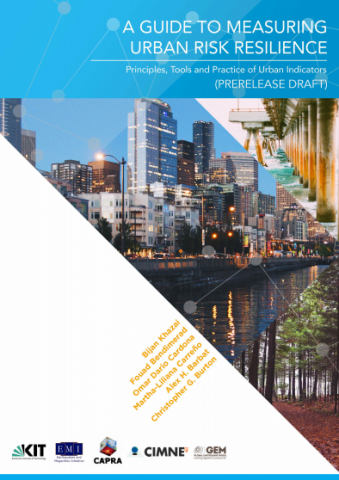Harnessing the Crowdsourcing Power of Social Media for Disaster Relief
Crowdsourcing integrated with crisis maps has been a powerful tool in humanitarian assistance and disaster relief. Future crowdsourcing applications must provide capabilities to better manage unstructured messages and enhance streaming data. Enhancements will also include methods of fusing information with data from other sources, such as geological data about fault lines and reports of various […]
Harnessing the Crowdsourcing Power of Social Media for Disaster Relief Read More »







